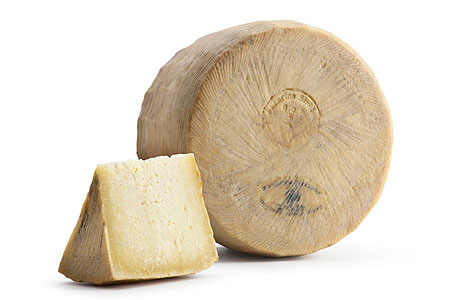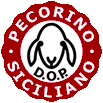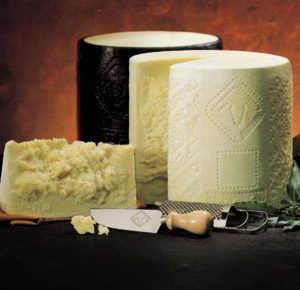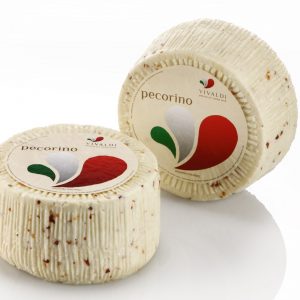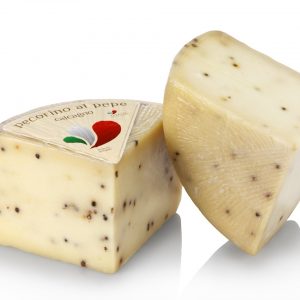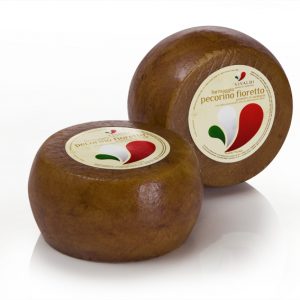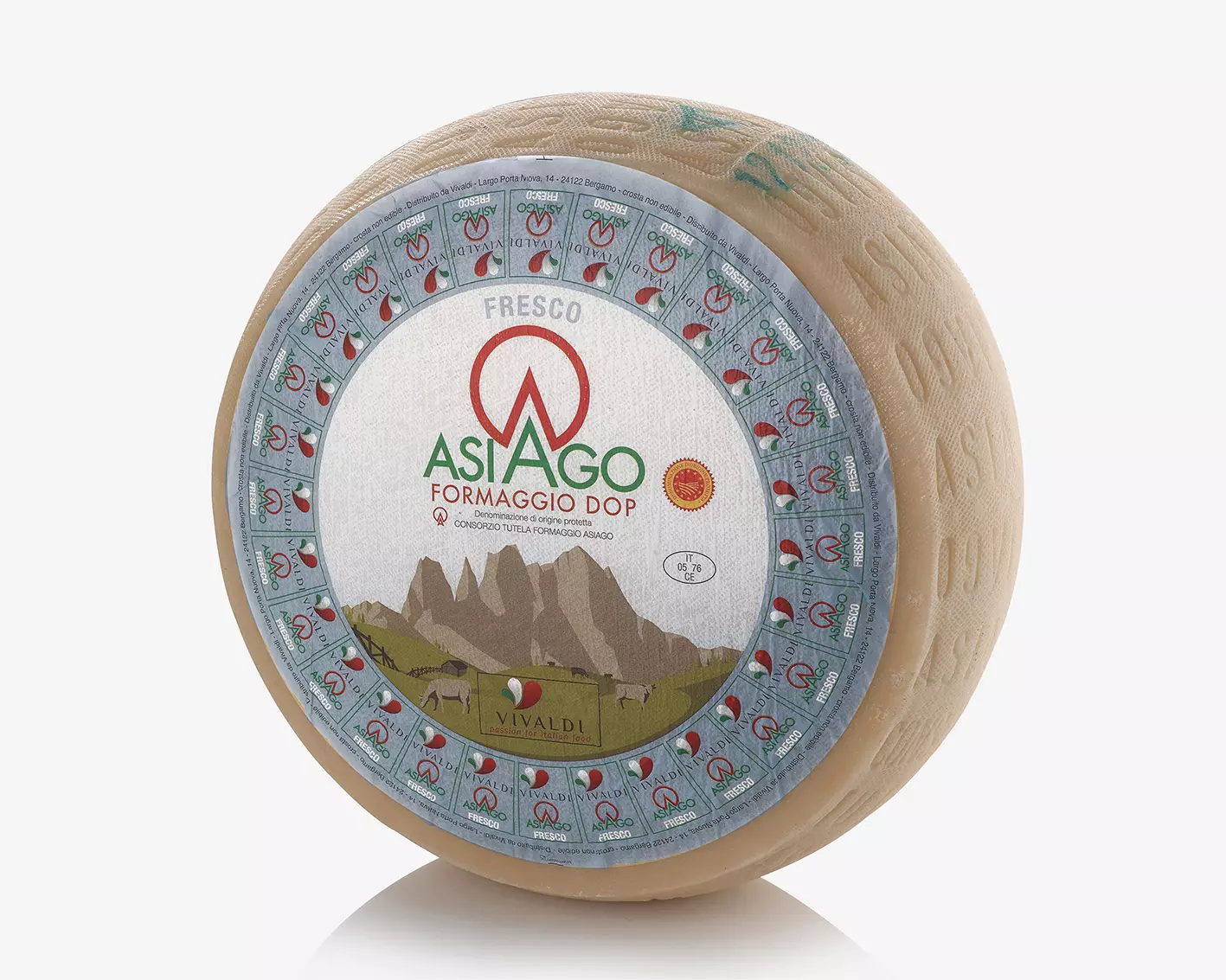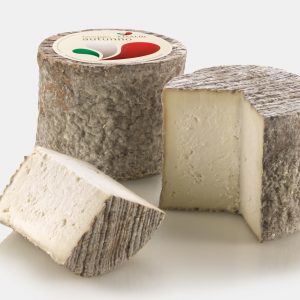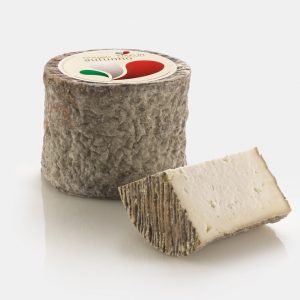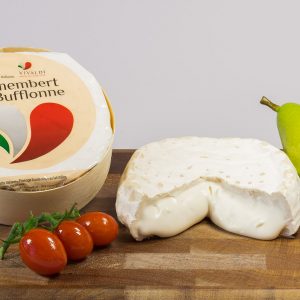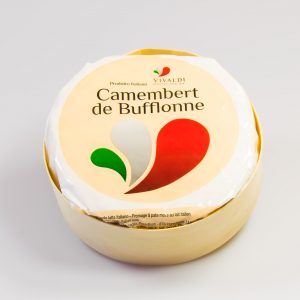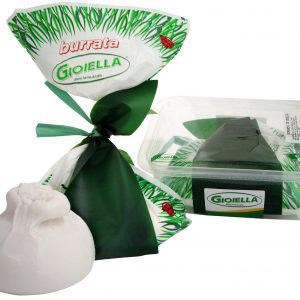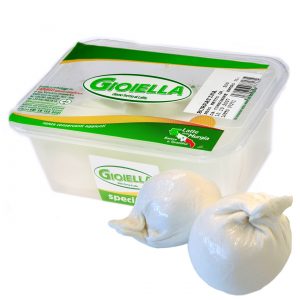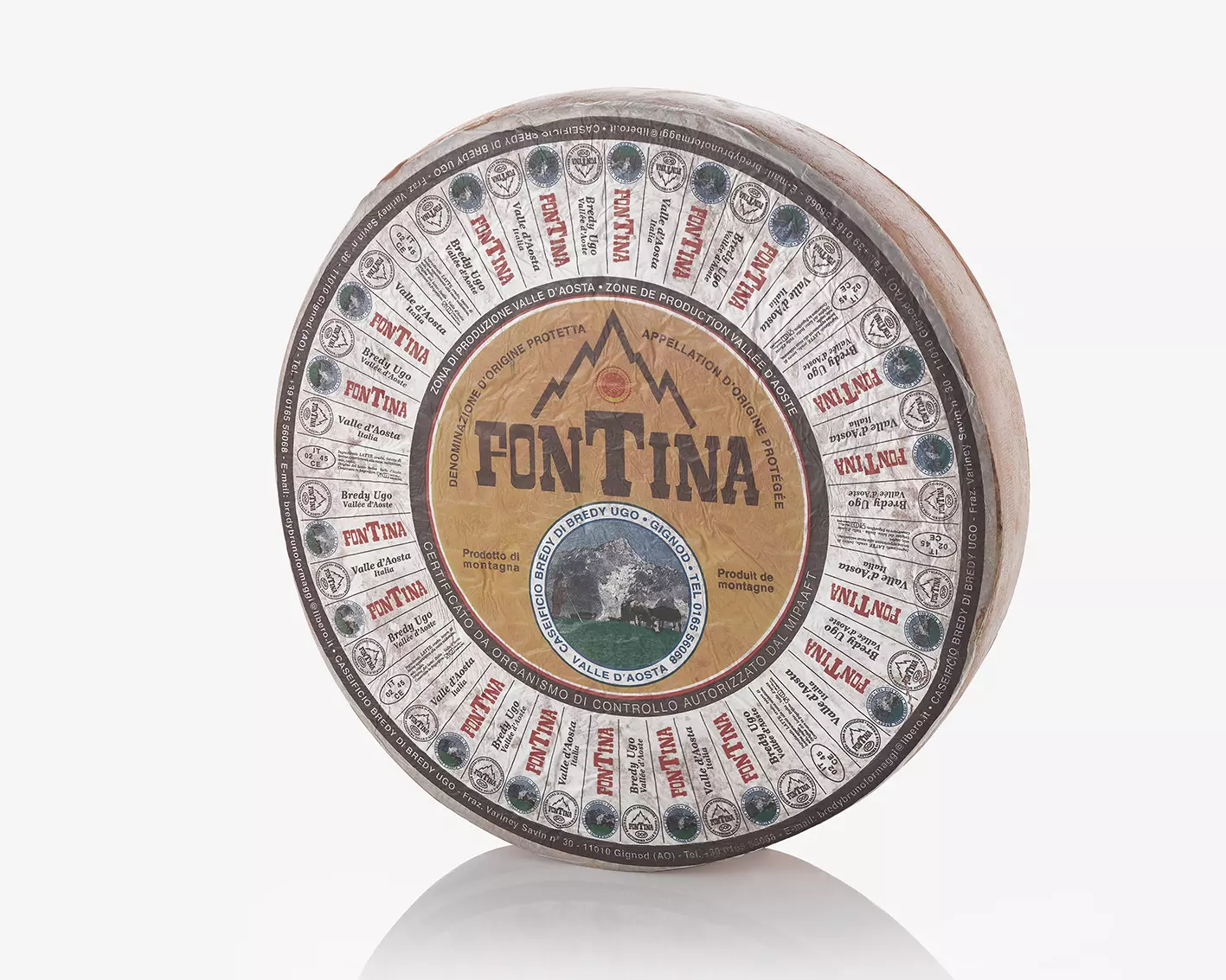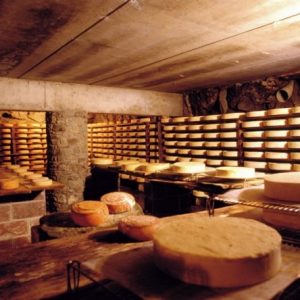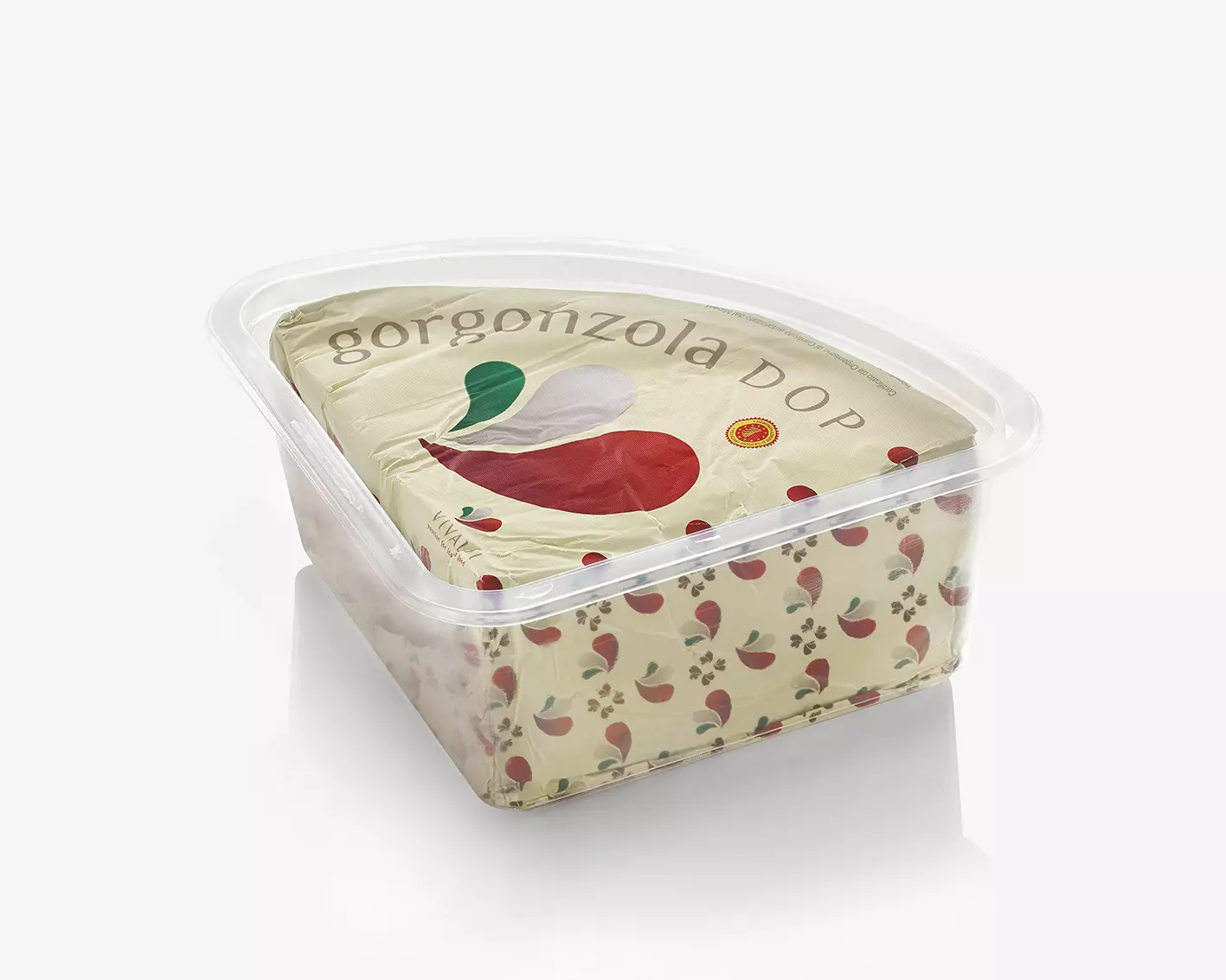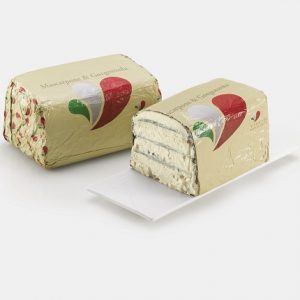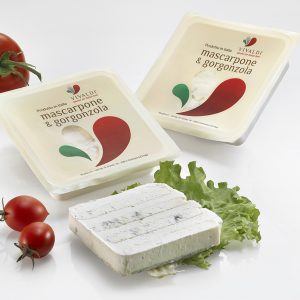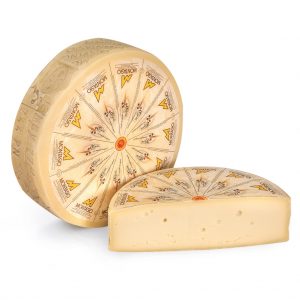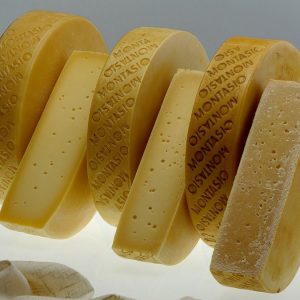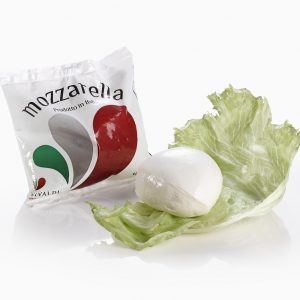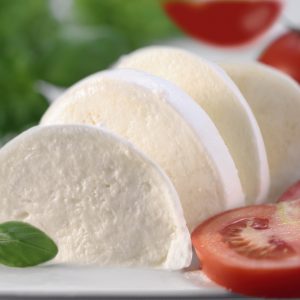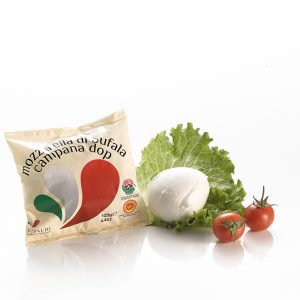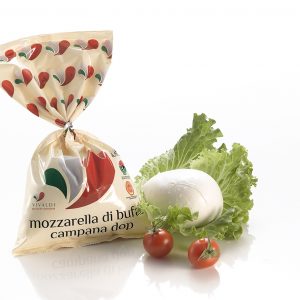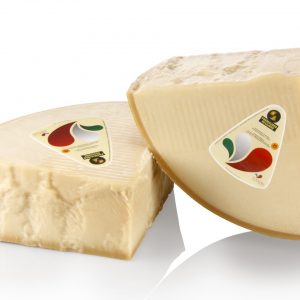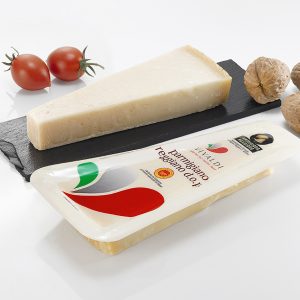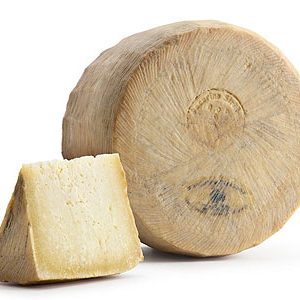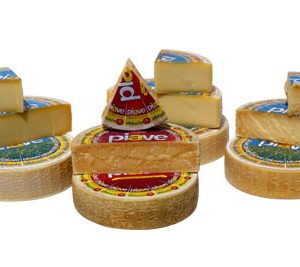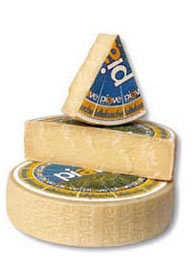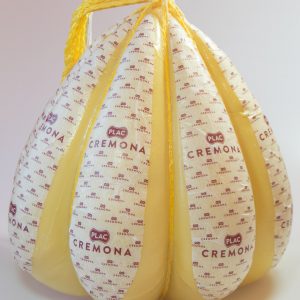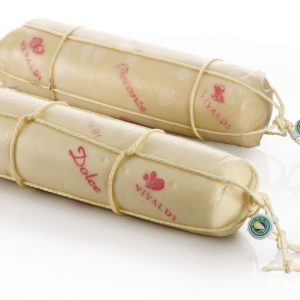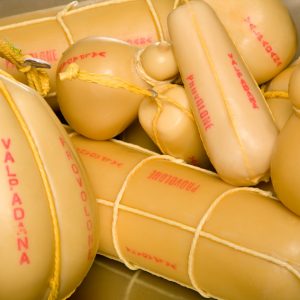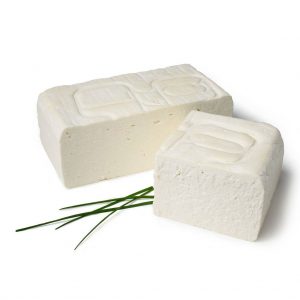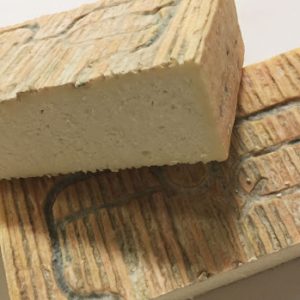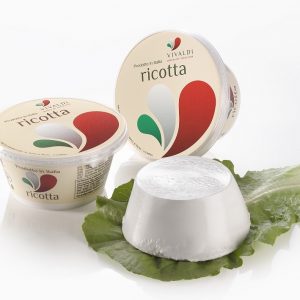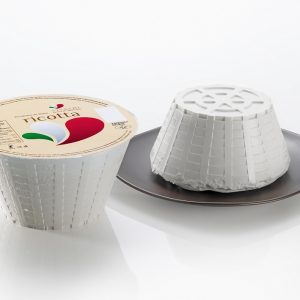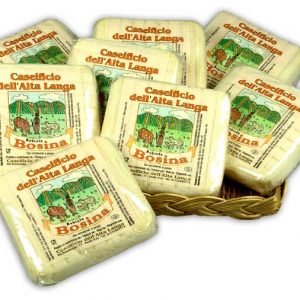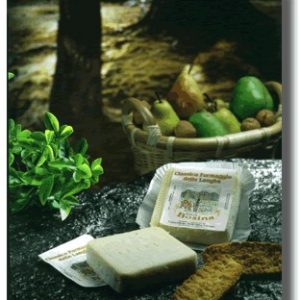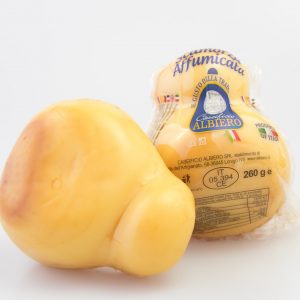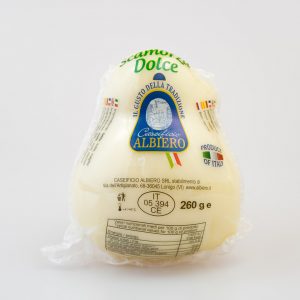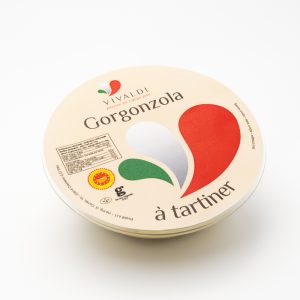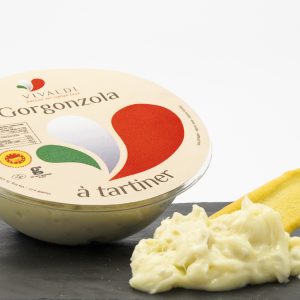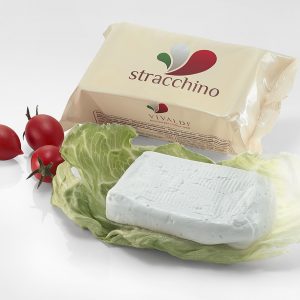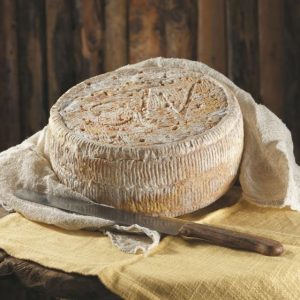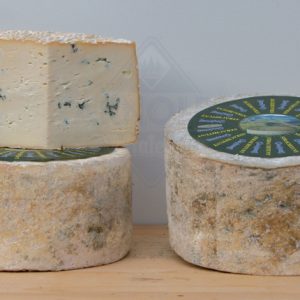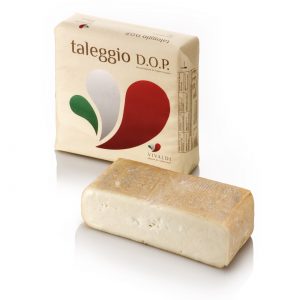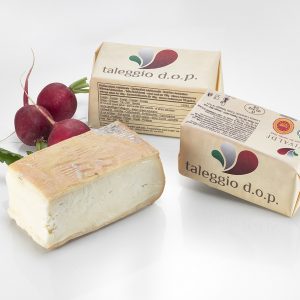Pecorino Siciliano PDO
Between 23 and 79 BC, Pliny the Elder compiled the first and oldest encyclopaedia on the natural world, the “Naturalis Historia” and included the Pecorino of the area of Agrigento as one of the best national cheeses. The creation of this cheese is, however, much older and would appear to date back to 735 BC when the Greeks landed in Sicily, as shown by Homer’s Odyssey which mentioned reed baskets as containers for Sicilian cheeses with compact paste. Today the production of Pecorino Siciliano follows traditional techniques which have remained unchanged over time and is still linked exclusively with Sicily. It obtained Protected Designation of Origin certification in 1996.
Description
Pecorino Siciliano PDO
Pecorino Siciliano PDO – Whole sheep’s milk is used, heated to 37-40 °C to which lamb rennet in paste is added. The curd which is produced by the particularly lengthy coagulation process (45-60 minutes), is broken up with a wooden stick and moistened with warm water in special vats. At this stage the mass is collected in reed baskets called “fasceddi”, pressed by hand and scalded in the whey for about 3 hours at 85°C. Pecorino Siciliano is made between October and June, when there is a plentiful supply of sheep’s milk. The DOP certification is imprinted on the cheese when it is put into the baskets, putting a die with the identifying number of the producer and a matrix with the name “Pecorino Siciliano DOP” on it in the bottom of the basket. After scalding, the baskets are placed on tilted shelves and after the residual whey has drained away, the paste can be submitted to the various phases of dry salting and ageing; only cheese aged for a minimum of 4 months can be fire-branded with the DOP mark. Two other versions are sold: one, appreciated for its fresh flavour, immediately after the first salting, under the name “Primo Sale”; the other with the addition, when it is put into the baskets, of whole black peppercorns. Neither version can use the DOP mark.
Pecorino Siciliano PDO has a raw, hard and compact ivory-white paste, with reddish marbling; the rind is yellowish-white characterized by a very rough surface, due to the marks left by the basket.
It is greatly appreciated as a table cheese accompanied by bread and olives that enhance its bold flavour and as an ingredient in the preparation of some traditional Sicilian dishes.

